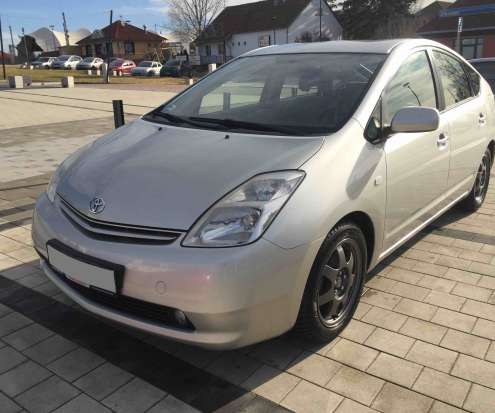Looking to get in a hybrid for cheap? Used Toyota Prius 1.5 HSD 2004-2009 Review
Green Car Congress
FEBRUARY 14, 2020
People might be bored reading about the Prius but a review on four Priuses (2004, 2005, two 2006s) that my family owns that ran a total of 913k km (570k miles) should be interesting, right? I found a a 2004 with 247k km (154k miles) on the clock. Having enough electric charge to last a 5-15 minute in silence in a traffic jam.




























Let's personalize your content